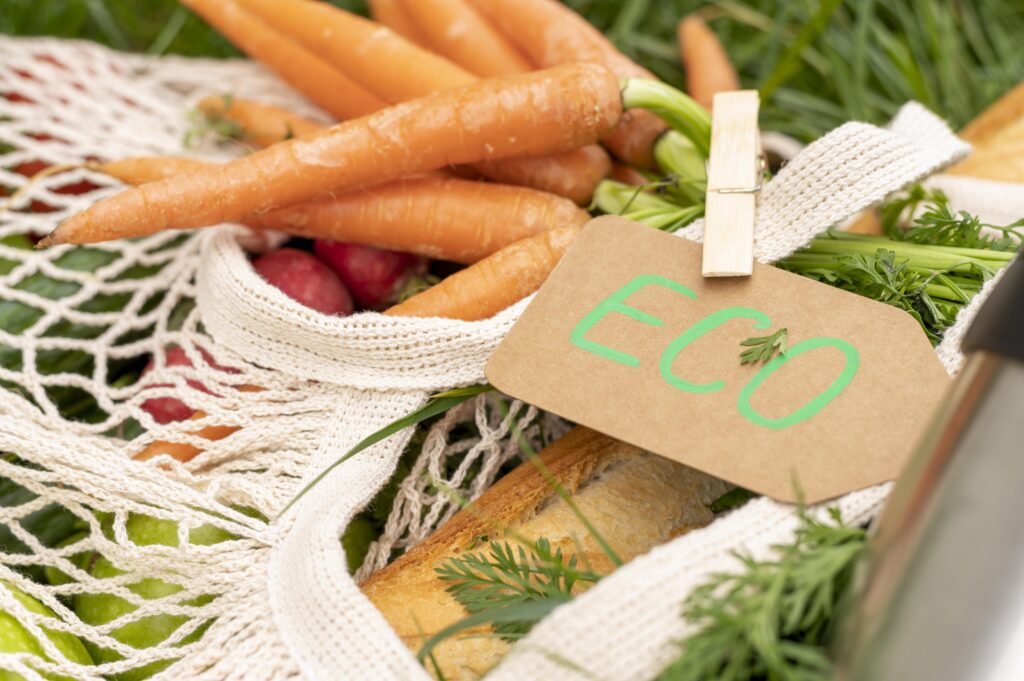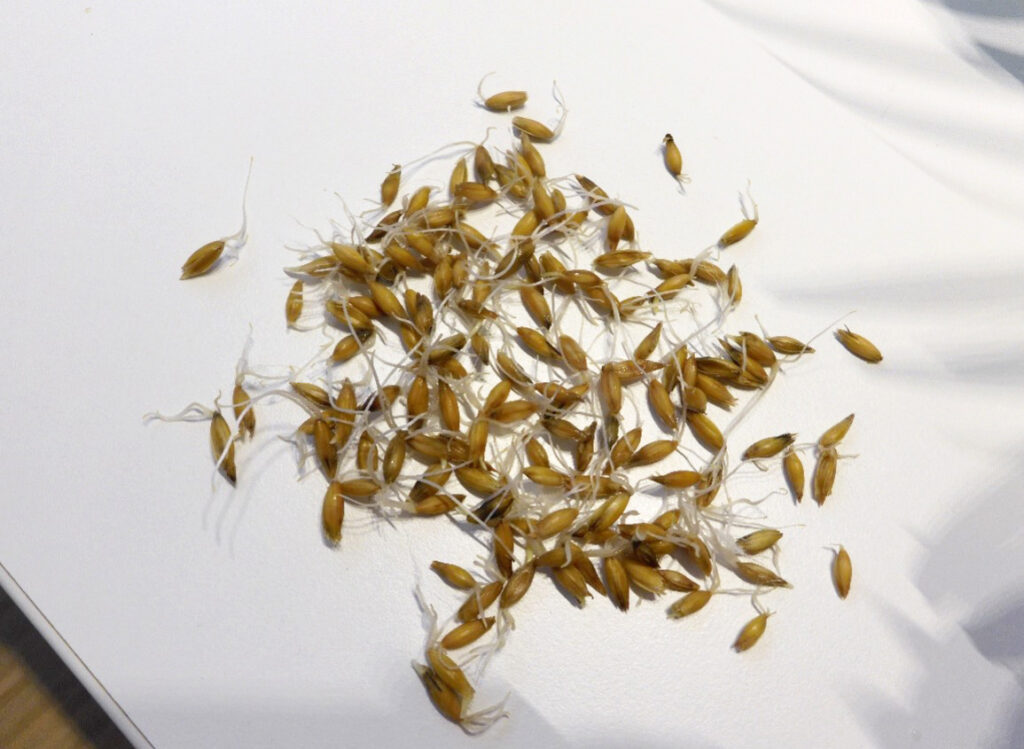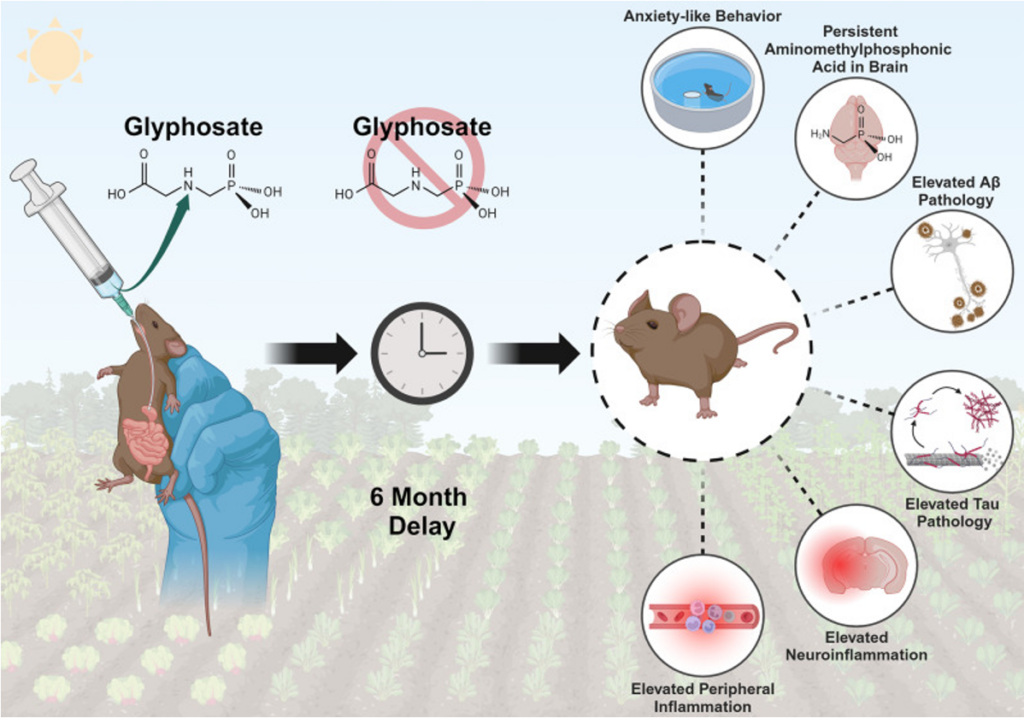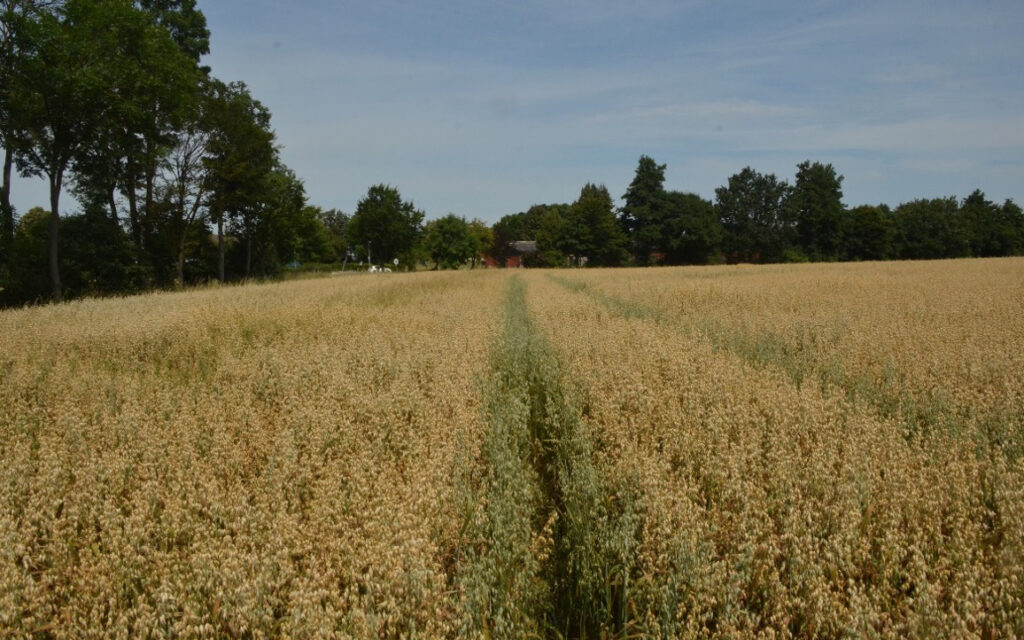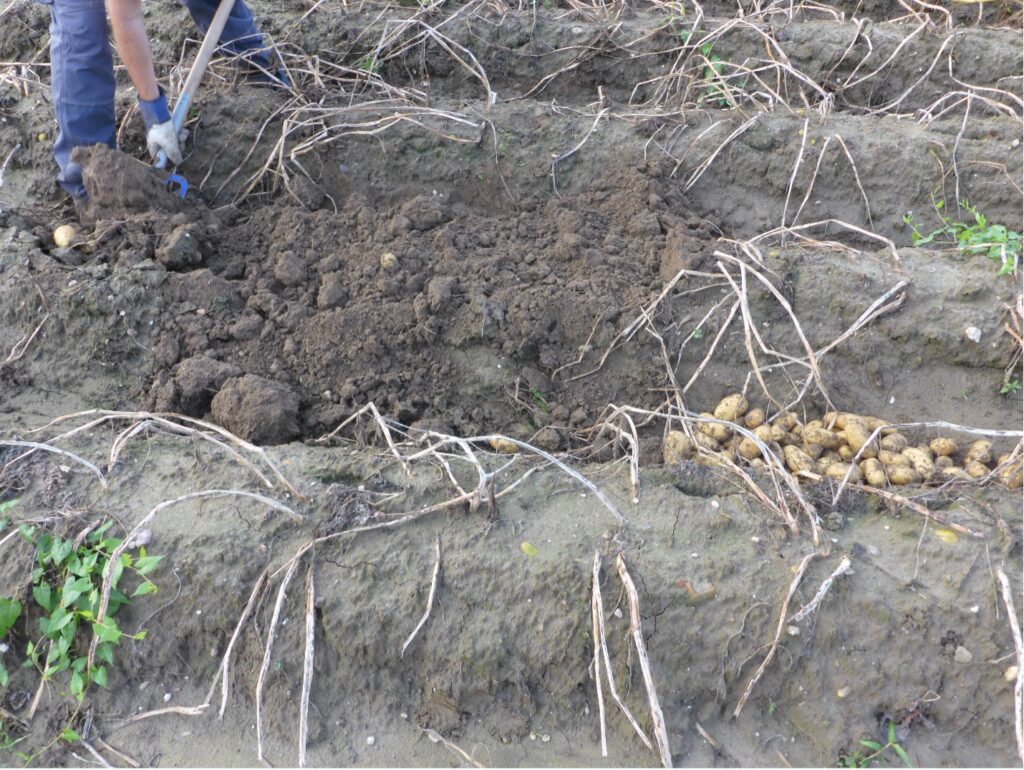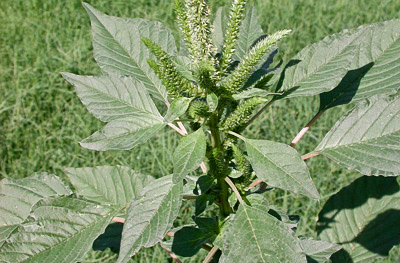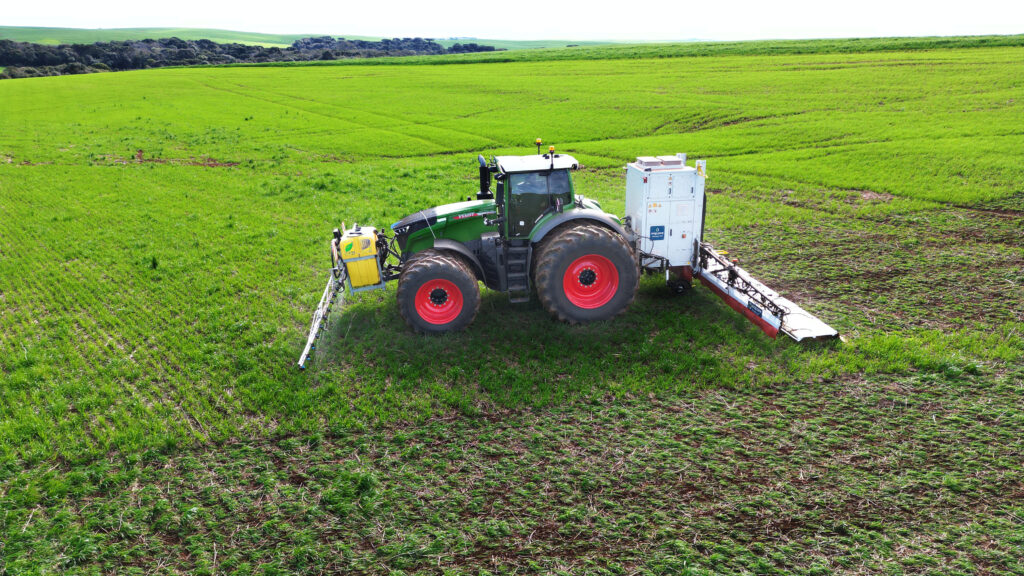Earthworm Day – The Silent Heroes of Our Soil
Every year on February 15th, we celebrate Earthworm Day – a wonderful opportunity to appreciate these unassuming yet indispensable helpers of nature. Earthworms play a crucial role in soil fertility and, consequently, in the health of our entire ecosystem. Without them, our soil would be less fertile, water infiltration would be poorer, and nutrient availability for plants would be significantly reduced.
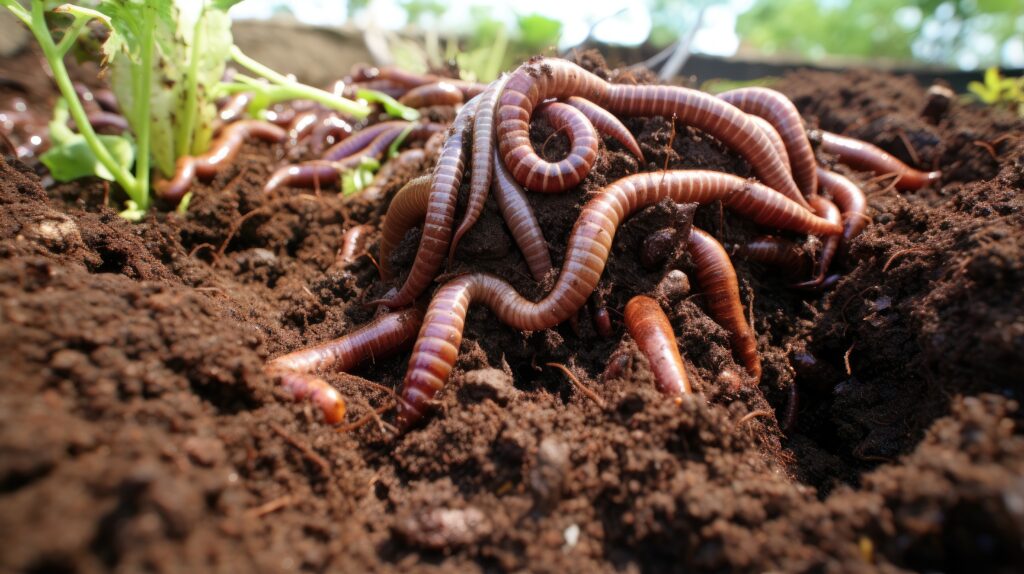
Why Are Earthworms So Important?
Earthworms are true “soil architects.” Their burrowing loosens the soil and improves its structure. This allows for better aeration, promotes root growth, and facilitates water drainage, reducing waterlogging. Additionally, they break down organic material, consuming it and excreting it as nutrient-rich worm humus. This significantly enhances soil quality, as it contains essential nutrients such as nitrogen, phosphorus, and potassium, which are crucial for plant growth.
Without earthworms, soil ecology would be severely disrupted. They enhance soil fertility, reduce erosion, and contribute to soil self-cleaning. Studies show that earthworms can even break down certain pollutants or at least transform them into less harmful substances.
Earthworms in Danger – The Threat of Intensive Agriculture
Despite their immense importance, earthworms face numerous threats. Intensive agriculture relies on heavy machinery that compacts the soil and disrupts earthworm burrows through plowing.
Studies show that excessive use of chemical pesticides leads to a significant decline in earthworm populations. This is not only problematic for farmers but for the entire ecosystem, as healthy soils are the foundation of sustainable food production.

Alternative Crop Protection Methods – A Look at crop.zone
With electrophysical plant control, crop.zone introduces a new approach for widespread use that can help reduce chemical inputs and focus on protecting soil life. In this context, questions often arise about the impact of electricity on soil organisms.
Extensive research on this technology has shown that neither earthworms nor other soil organisms such as springtails or mites are harmed. This means that farmers can effectively control weeds without compromising soil structure or the natural balance of the ecosystem. This presents a promising alternative for sustainable agriculture that prioritizes healthy soils and biodiversity conservation.
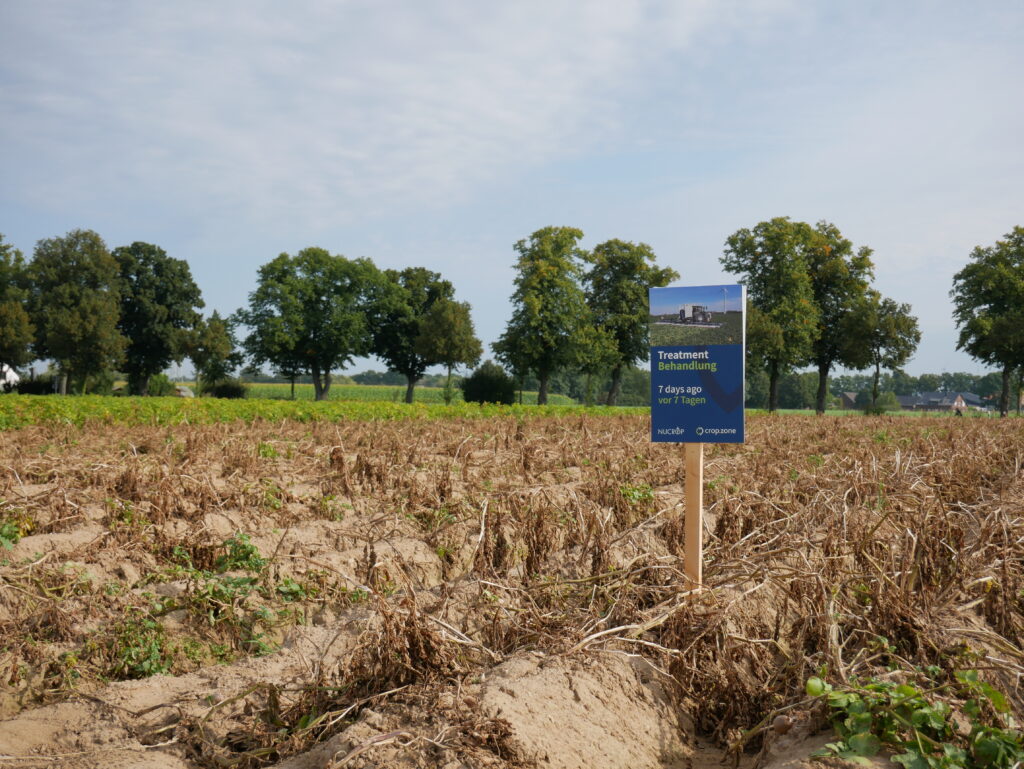
How Can We Protect Earthworms?
In addition to innovative technologies, there are simple measures everyone can take to protect earthworms: Natural methods such as mulching or mechanical weed control preserve soil life. Organic material supports soil biology and provides earthworms with food. A diverse crop rotation ensures a stable soil ecosystem.
On Earthworm Day, we should recognize how much we depend on these small yet vital creatures – and what we can do to protect them!

